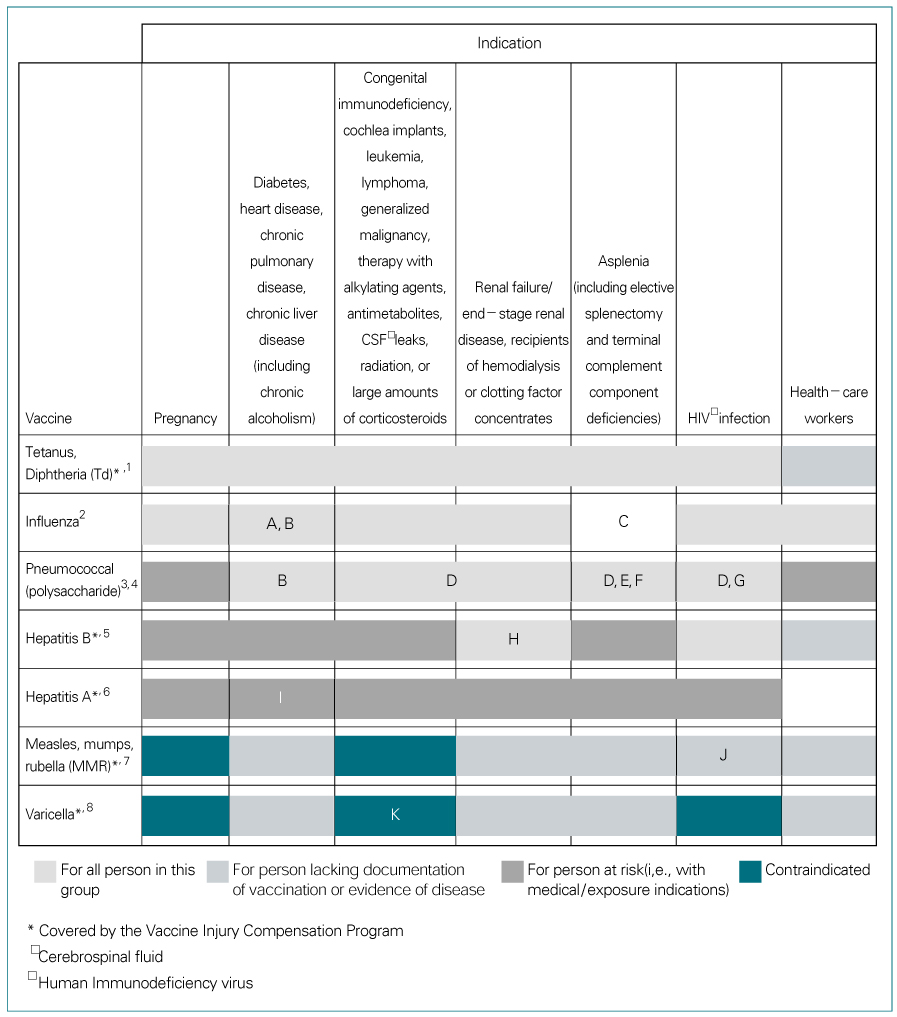J Korean Med Assoc.
2005 Jun;48(6):553-560.
Adult Immunization
- Affiliations
-
- 1Department of Internal Medicine, Chungnam National University College of Medicine and Hospital, Korea. alice177@dreamwiz.com
Abstract
- In 1796, Jenner inoculated the vesicular fluid from cowpox lesions into the skin of susceptible individuals and induced protection against smallpox, and thus the era of immunization began. With the introduction of vaccinations, children and adults are now protected against 15 life-threatening or debilitating diseases. In 1980, the WHO declared that smallpox was eradicated and people did not need to be vaccinated any more. Vaccines have reduced cases of all vaccine-preventable diseases by more than 97% from peak levels before vaccines were available. Despite these success stories and even though coverage has improved, pockets of under-immunized children remain, leaving the potential for outbreaks. Many adolescents and adults are under-immunized as well, missing opportunities to protect themselves against vaccinepreventable diseases such as tetanus, hepatitis B, influenza, and pneumococcal disease. In the text, we intend to describe the indication, adverse effects, and contraindications of adult immunization.



